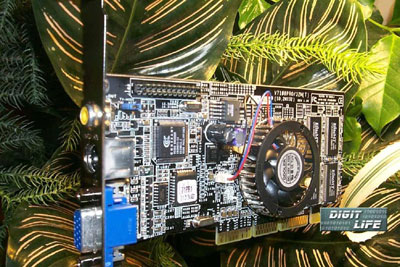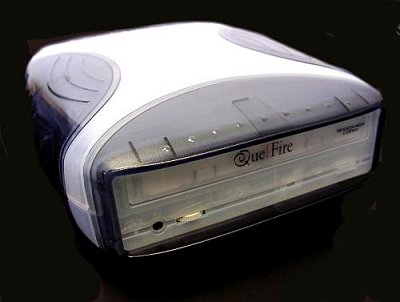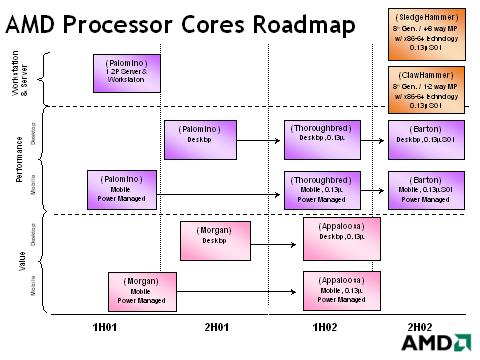De russen van Digit-Life hebben een review geschreven over de Asus V7100 Pro videokaart. Deze kaart is gebaseerd rond de nieuwe GeForce2 MX 400 chip van nVidia en heeft 32MB aan SDR geheugen aan boord met een access time van slechts 4,5ns.
Mede dankzij dit snelle geheugen kon de kaart indrukwekkend overgeclocked worden: de core kon op 240MHz lopen (standaard 200MHz) en het geheugen maar liefst op 260MHz (standaard 200MHz). Alsof dit nog niet genoeg is, is de kaart ook nog eens uitgerust met twee TV-out connectoren en is hij gebouwd van een zwart stukje PCB  . Een aanrader volgens de reviewer:
. Een aanrader volgens de reviewer:
As you can see, the company is striving for making their products more attractive without much increase in price. The ASUS AGP-V7100 Pro won't cost much more than a usual V7100, but its possibilities and, especially, overclocking potential will please users.
Taking into consideration traditionally high quality of similar cards from ASUSTeK, the today's card can be a very good choice for an average gamer who doesn't aim at high resolutions in games. Besides, a new aggressive NVIDIA's price policy will quickly bring the ASUS AGP-V7100 Pro's price to $100.
 |



 Wie der französische Kartenhersteller Hercules auf Anfrage bestätigte, hat man bereits alle produzierten GeForce2 ULTRA-Karten ausgeliefert, neue werden nicht mehr produziert. Die Lagerbestände der derzeit in den Läden befindlichen GeForce2 ULTRA-Karten dürften angesichts der sowieso recht geringen Stückzahlen bald auslaufen.
Wie der französische Kartenhersteller Hercules auf Anfrage bestätigte, hat man bereits alle produzierten GeForce2 ULTRA-Karten ausgeliefert, neue werden nicht mehr produziert. Die Lagerbestände der derzeit in den Läden befindlichen GeForce2 ULTRA-Karten dürften angesichts der sowieso recht geringen Stückzahlen bald auslaufen. Just like the human body, when you sweat, it evaporates and cools you down," John Patrick, vice president of Internet technologies at IBM, said in an interview about the program. "And when you're cold, you shiver and that warms you up. When you cut your finger, you bleed and that heals the wound.
Just like the human body, when you sweat, it evaporates and cools you down," John Patrick, vice president of Internet technologies at IBM, said in an interview about the program. "And when you're cold, you shiver and that warms you up. When you cut your finger, you bleed and that heals the wound.
/i/1231419976.png?f=fpa)




 [Marco] In the past, you used to put on the market a new product every 6 months. Now that you haven't got to worry about 3dfx anymore, will you change this rate?
[Marco] In the past, you used to put on the market a new product every 6 months. Now that you haven't got to worry about 3dfx anymore, will you change this rate?
 "If IDMs have insisted on using their own process, we would have to modify our process to match theirs, and that can take up to six months," explained Shiang-Yi Chiang, vice president of research and development for the Taiwanese foundry. "But for the 0.10-micron process, we will not need to develop any revised design rules. This is a significant change."
"If IDMs have insisted on using their own process, we would have to modify our process to match theirs, and that can take up to six months," explained Shiang-Yi Chiang, vice president of research and development for the Taiwanese foundry. "But for the 0.10-micron process, we will not need to develop any revised design rules. This is a significant change."

 Intel Corp. said on Thursday its 2 gigahertz Pentium 4 chip was on track to be available in the third quarter of 2001.
Intel Corp. said on Thursday its 2 gigahertz Pentium 4 chip was on track to be available in the third quarter of 2001.